Shell commands that return an incorrect TaskID on Windows 11 can disrupt automated scripts, monitoring, and process management. This issue often surfaces when running commands in environments where process IDs or task IDs are critical for tracking or terminating specific tasks. Addressing this problem ensures scripts interact with the correct processes, reducing the risk of errors or unintended system changes.
Verify Command Syntax and Execution Context
Step 1: Confirm that the shell command you are using to obtain the TaskID is correctly formatted and executed in the intended environment. For example, using tasklist or Get-Process in PowerShell should return accurate process information. Running these commands from an elevated (administrator) prompt can also affect results.
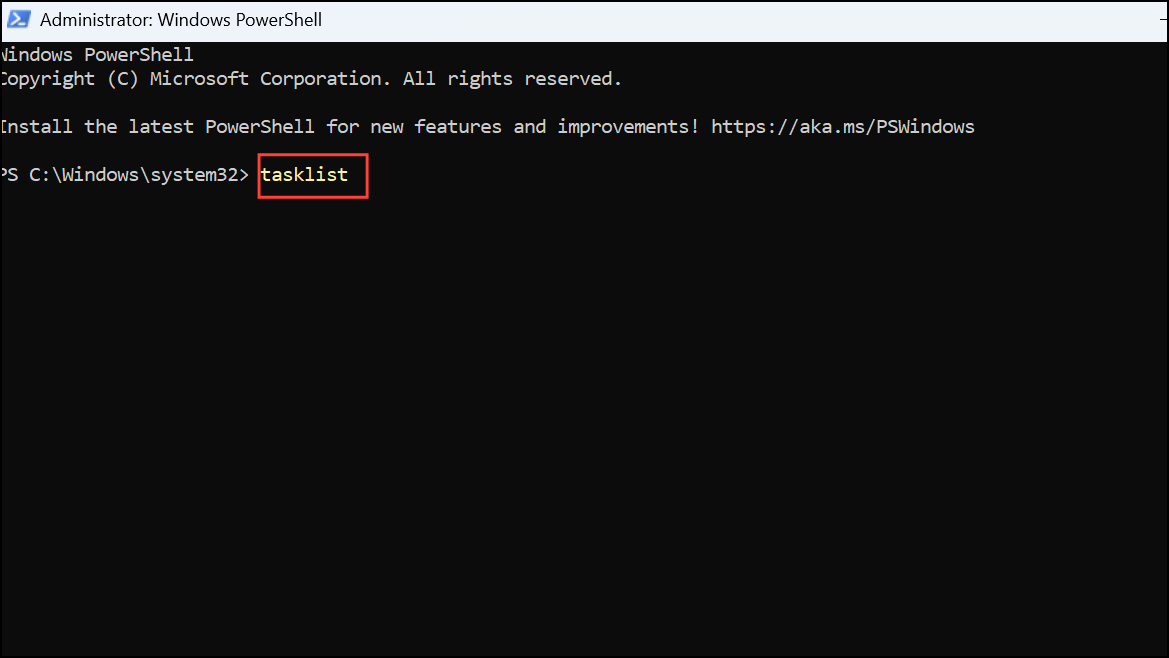
Step 2: If you are using a script or a wrapper (such as a batch file or PowerShell script), check that it is not altering the context in which the command executes. For instance, launching a process from Task Scheduler or via remote execution tools may yield different TaskIDs than running it interactively.
Step 3: Use the full path to executables where possible. Ambiguous or duplicate process names can cause commands to match the wrong process, leading to incorrect TaskID reporting. Specify the full process name or use additional filters (such as username or window title) to narrow down the results.
Update Windows and Shell Utilities
Step 1: Outdated system files or shell utilities can cause inconsistencies in process reporting. Open Settings > Windows Update and install all available updates. This ensures that bugs affecting process management are addressed.
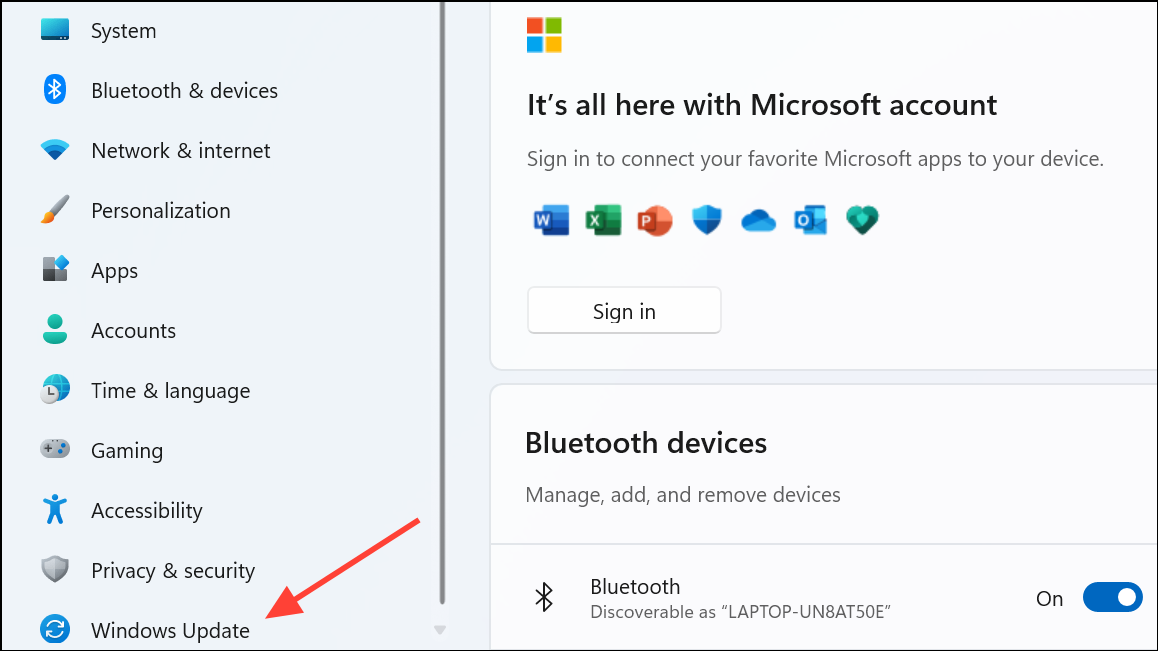
Step 2: If you use third-party shells or terminal emulators (such as Git Bash, Cygwin, or Windows Terminal), update these tools to their latest versions. Compatibility issues between older shell environments and Windows 11 may result in incorrect TaskID reporting.
Check for Background Process Duplication
Step 1: Processes that spawn child tasks or run in the background can create multiple entries with similar names. Use tasklist /v or Get-Process | Format-List * in PowerShell to display detailed information, such as user session, start time, and command line. This helps distinguish between multiple instances and identify the correct TaskID.
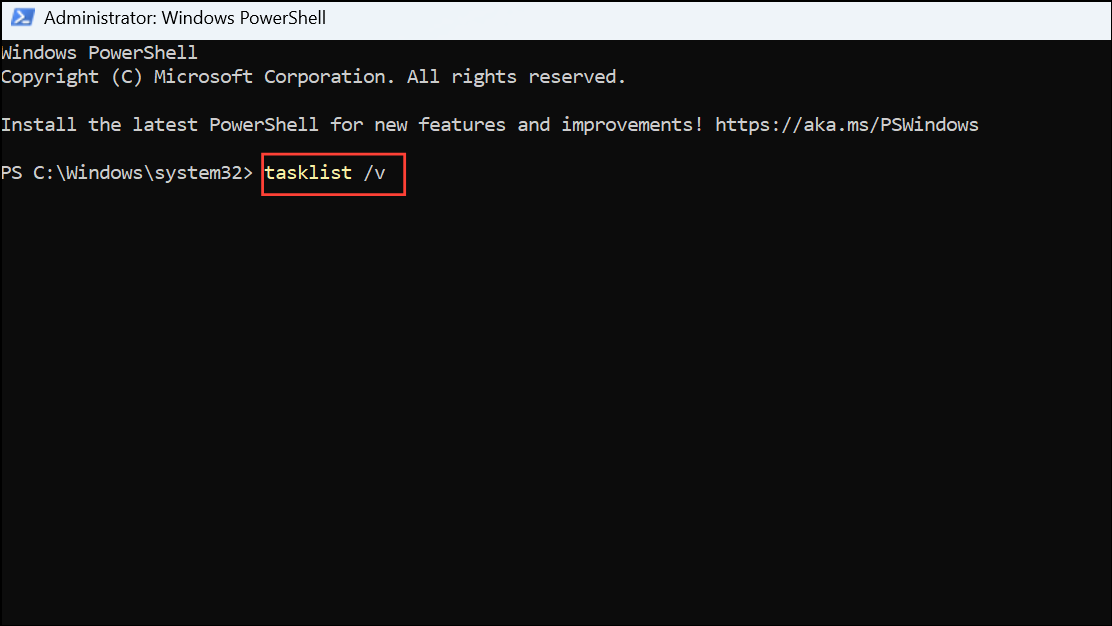
Step 2: If your script launches a process and then queries for its TaskID, capture the TaskID directly at launch rather than searching for it afterward. For example, in PowerShell, you can use:
$process = Start-Process -FilePath "yourapp.exe" -PassThru
$process.Id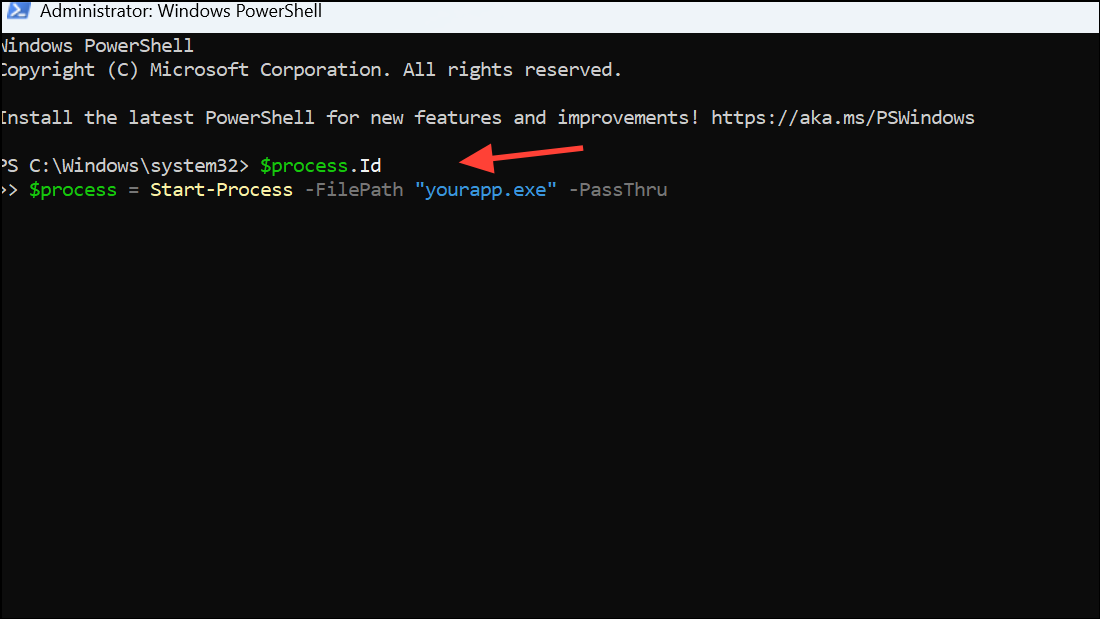
This approach minimizes confusion when multiple instances of the same process exist.
Use Reliable TaskID Retrieval Methods in Scripts
Step 1: Avoid parsing command output with generic string-matching, which can pick up the wrong TaskID if process names are similar. Instead, use structured output or built-in APIs. For example, in PowerShell:
Get-Process -Name "yourapp" | Select-Object Id, ProcessName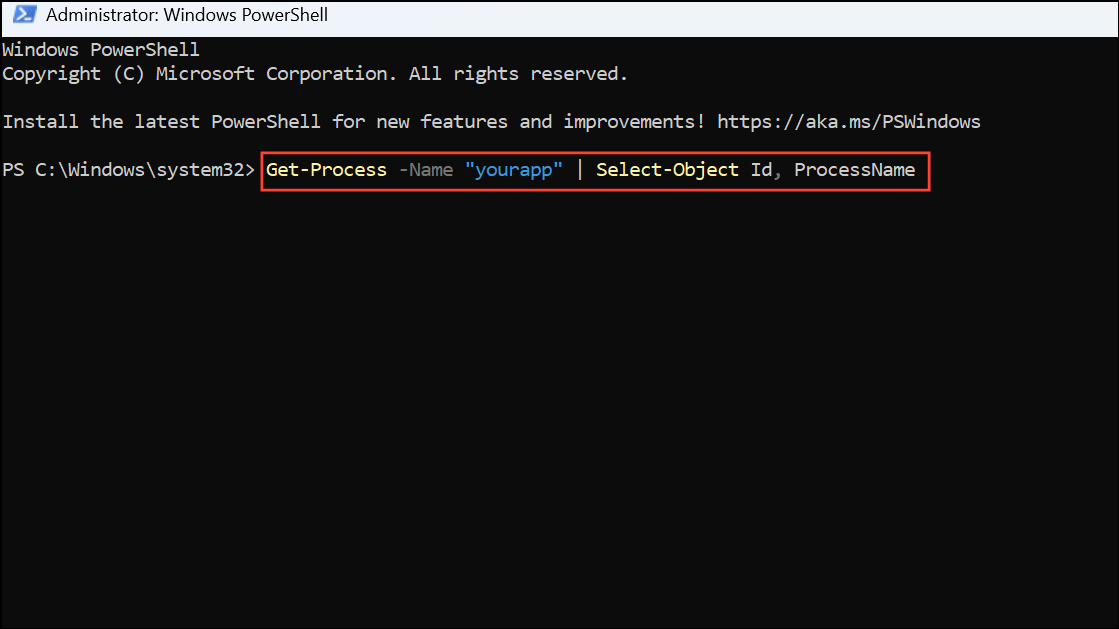
This command returns the TaskID (process ID) alongside the exact process name, reducing the chance of mismatch.
Step 2: When possible, use unique identifiers or arguments when launching processes, so you can query for the specific instance you started. For example, include a unique command-line argument and use tasklist /FI "WINDOWTITLE eq UniqueTitle" or Get-Process | Where-Object { $_.MainWindowTitle -eq "UniqueTitle" } to filter results.

Alternative Approaches and Troubleshooting Tips
- Check for process elevation mismatches. If your script runs as administrator but the target process is not (or vice versa), TaskIDs may not match due to session isolation.
- Review antivirus or endpoint protection logs. Some security software can inject processes or mask TaskIDs for protected applications.
- Restart your system if TaskID inconsistencies persist after making script or environment changes. This clears orphaned or stuck processes that may cause confusion.
Resolving incorrect TaskID reporting in Windows 11 shell commands streamlines process management and scripting reliability. Double-check command usage, keep your system updated, and use precise filters to avoid mismatches in future tasks.


